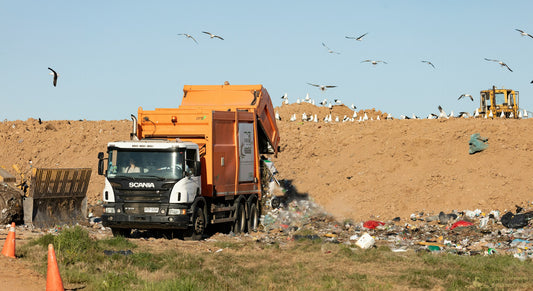Share
B.C. Hydro has started filling the reservoir created by the massive Site C dam project in northeastern British Columbia. This is one of the final steps before the dam begins operations. The reservoir, which is 83 kilometers long, will cover approximately 5,550 hectares of land and total about 9,330 hectares in surface area. The filling process is expected to take between two and four months.
Reservoir Filling:
B.C. Hydro has begun filling the reservoir created by the Site C dam project.
Project Completion:
The filling of the reservoir is one of the last steps toward starting operations for the controversial dam project.
Reservoir Size:
The reservoir is 83 kilometers long and will cover about 5,550 hectares of land, totaling about 9,330 hectares in surface area.
Filling Duration:
The filling process is expected to take between two and four months.
Safety Warning:
B.C. Hydro is warning people to stay away from the area of the reservoir for at least a year after it has been filled, citing possible unstable terrain and floating debris as potential hazards.
Construction Progress:
Construction of Site C was launched in 2015 and is now more than 85% complete, with the first power-generating unit scheduled to begin operations in December.
Power Generation:
When all six power generators are operational by fall 2025, Site C will add 1,100 megawatts of electricity capacity, producing about 5,100 gigawatt hours annually, which is an eight-per-cent increase to the province's overall power supply.
Environmental Impact:
The project has been opposed by groups such as the Peace Valley Landowner Association, Prophet River First Nation, and West Moberly First Nations on both environmental and land-rights grounds.
Compensation Fund:
B.C. Hydro has established a $20-million compensation fund to support local agricultural production, and less than one per cent of agricultural land in the Peace Agricultural Region will be affected by the reservoir.
Wildlife Mitigation:
B.C. Hydro has taken comprehensive measures to mitigate potential impacts on wildlife in the reservoir area, including removing vegetation, building wetlands, fish habitat, and wildlife den structures.
Climate Change Considerations:
B.C. Hydro has been studying climate change since the 1990s and does not see it as a long-term issue for the reservoirs, despite concerns about water scarcity and drought impacts on hydroelectric generation.
Conclusion:
The Site C dam project is nearing completion, with the reservoir filling marking a significant milestone. While the project faces environmental and land-rights concerns, B.C. Hydro is working to mitigate these impacts and ensure the project remains on track within its $16-billion budget. The project is expected to increase the province's power production capacity by eight per cent and provide enough clean electricity to power nearly 500,000 homes or 1.7 million electric vehicles when fully operational.
We hope you enjoyed this article. Please feel free to leave a comment below if you want to engage in the discussion.
If you want to read more like this, make sure to check out our Blog and follow us on Instagram. If you are interested in truly sustainable products, check out our Shop.
Check out the original source here.








